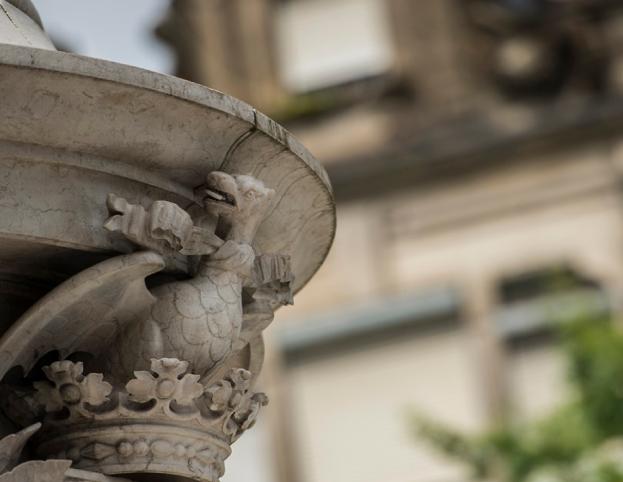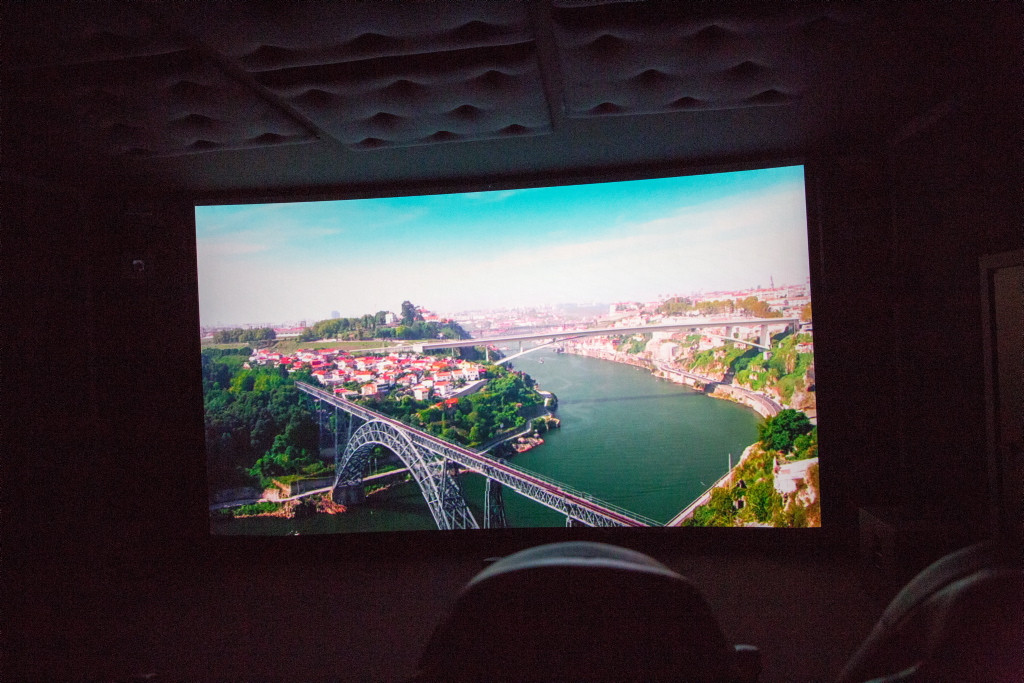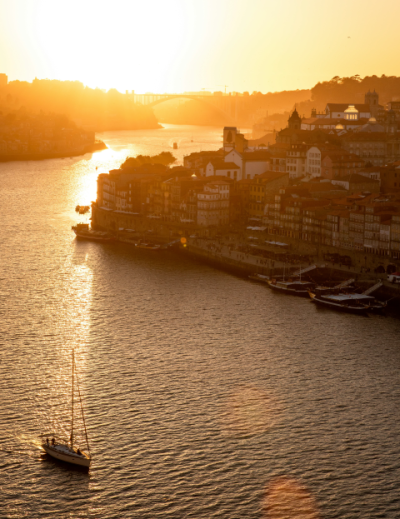
Travel on the wings of a dragon
Why is the dragon the symbol of the city of Porto?
No, it has nothing to do with Futebol Clube do Porto. The dragon was already the symbol of the city long before it was adopted by the club, and its origin dates back to the early history of Portugal.
We go back to the reign of King Pedro IV, who granted Porto the title of "Invicta," which means invincible, for the sacrifice and dedication of the people of Porto to his liberal troops against the absolutist troops led by his brother, King Miguel, who besieged the city.
Later, Queen Maria II, following the wishes of her father King Pedro IV, proclaimed the city's coat of arms, which included a ducal crown from which a dragon emerged, eventually becoming the defining symbol of the city of Porto.
Think of the city's monuments and landmarks, and you'll quickly realize that the dragon is present in many of them, such as the statue of King Pedro IV on Avenida dos Aliados, in Parque Nova Sintra, or on Avenida da Boavista.
An interesting fact is that King Pedro IV wanted to leave his heart in Porto, and it is here to this day, in the Church of Lapa, adorned by a dragon. The monarch also decided that his son, heir to the throne, should bear the title of "Duke of Porto."
Of course, there are numerous legends associated with the dragon's history as a symbol of the city, but we'll set aside imagination—this much we know for sure!
*City coat of arms – A symbol that represents the city, usually composed of visual elements that reflect the city's history, culture, and characteristics.
*Ducal crown – Associated with nobility, it is a specific type of crown that represents the title of duke or duchess.
Travel on the wings of a dragon




